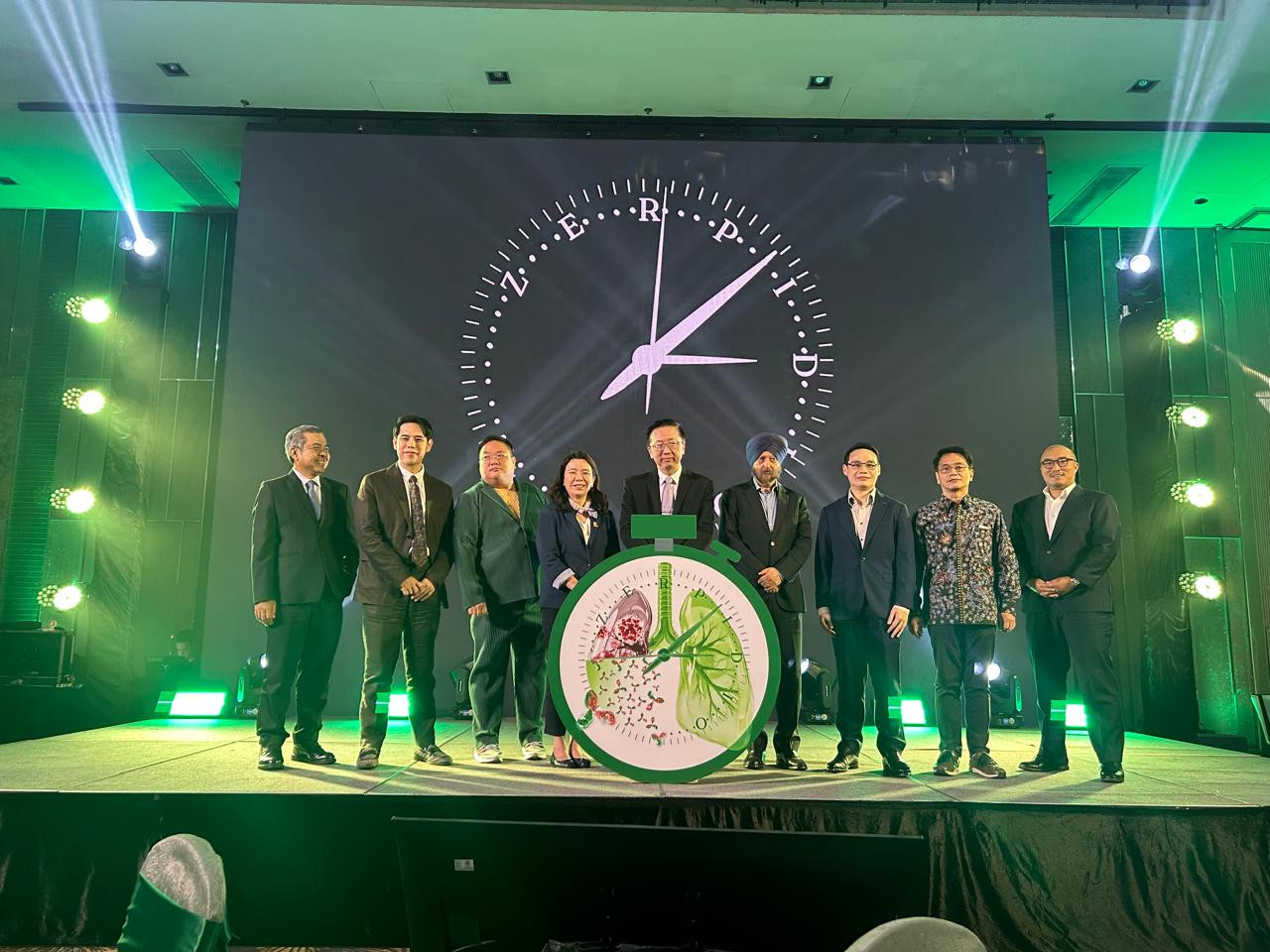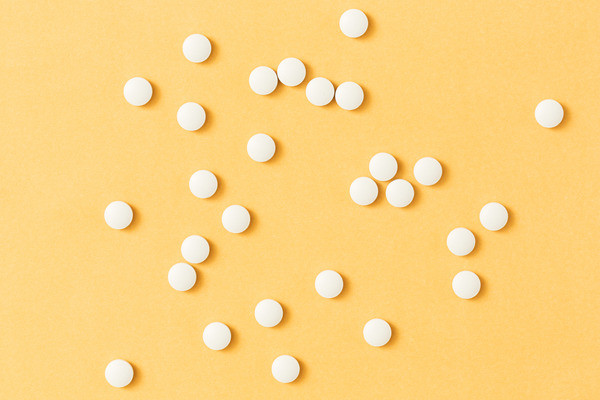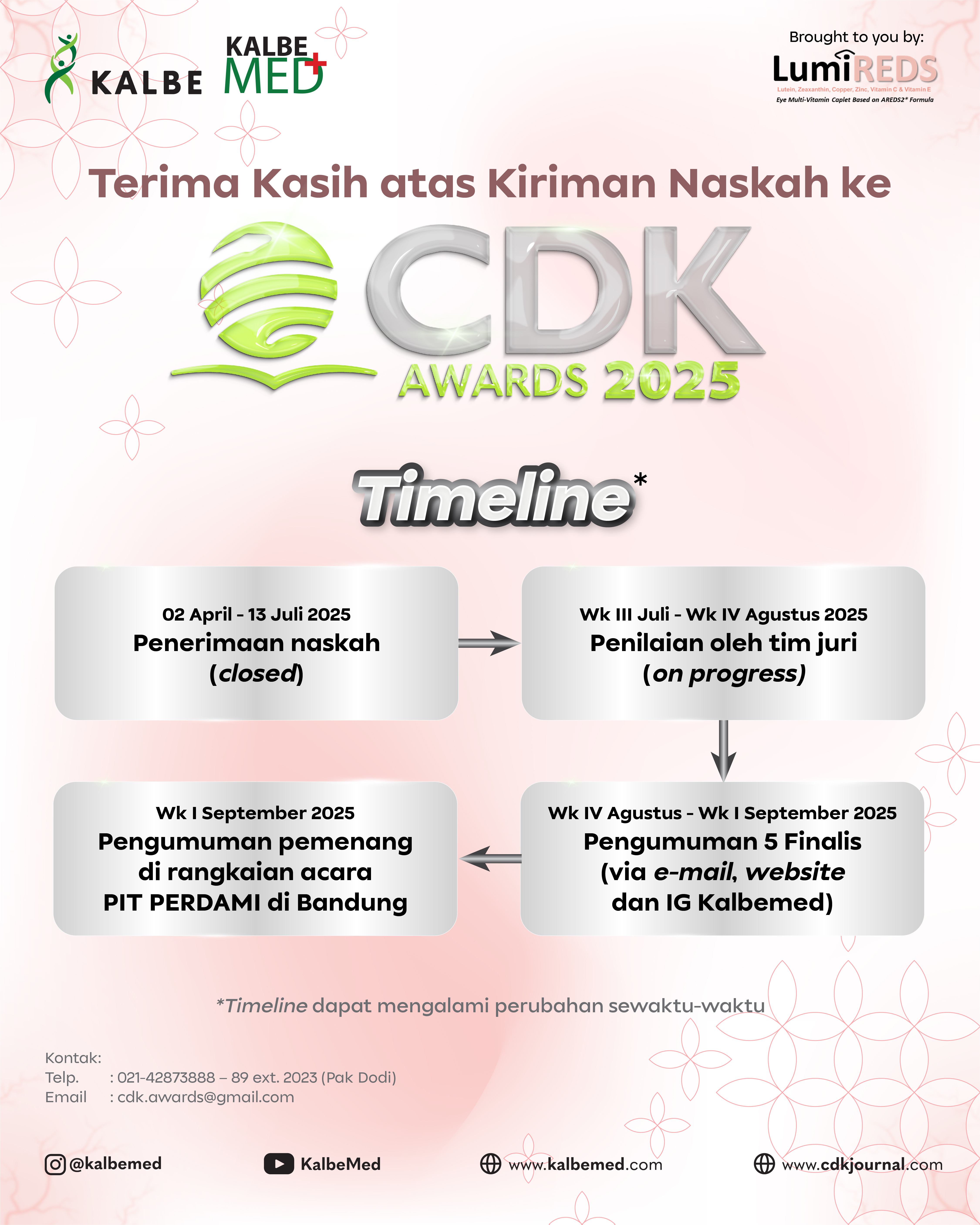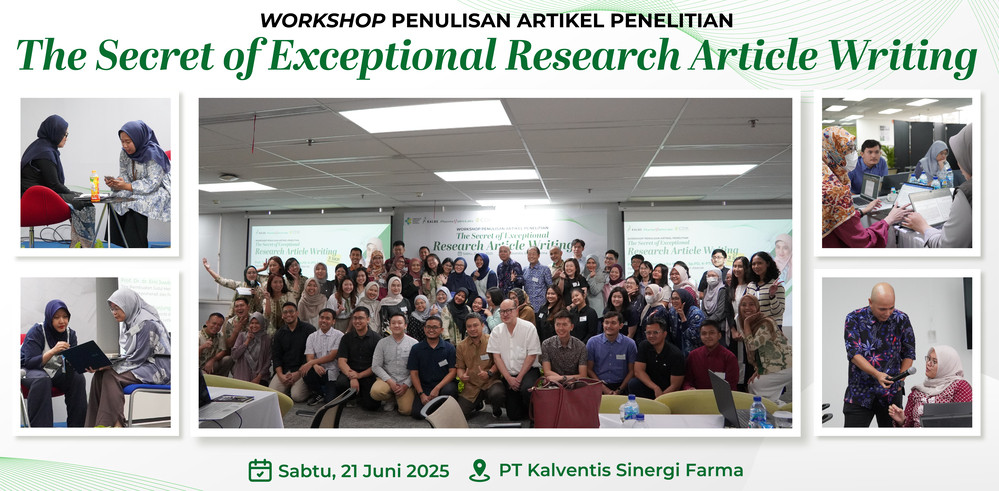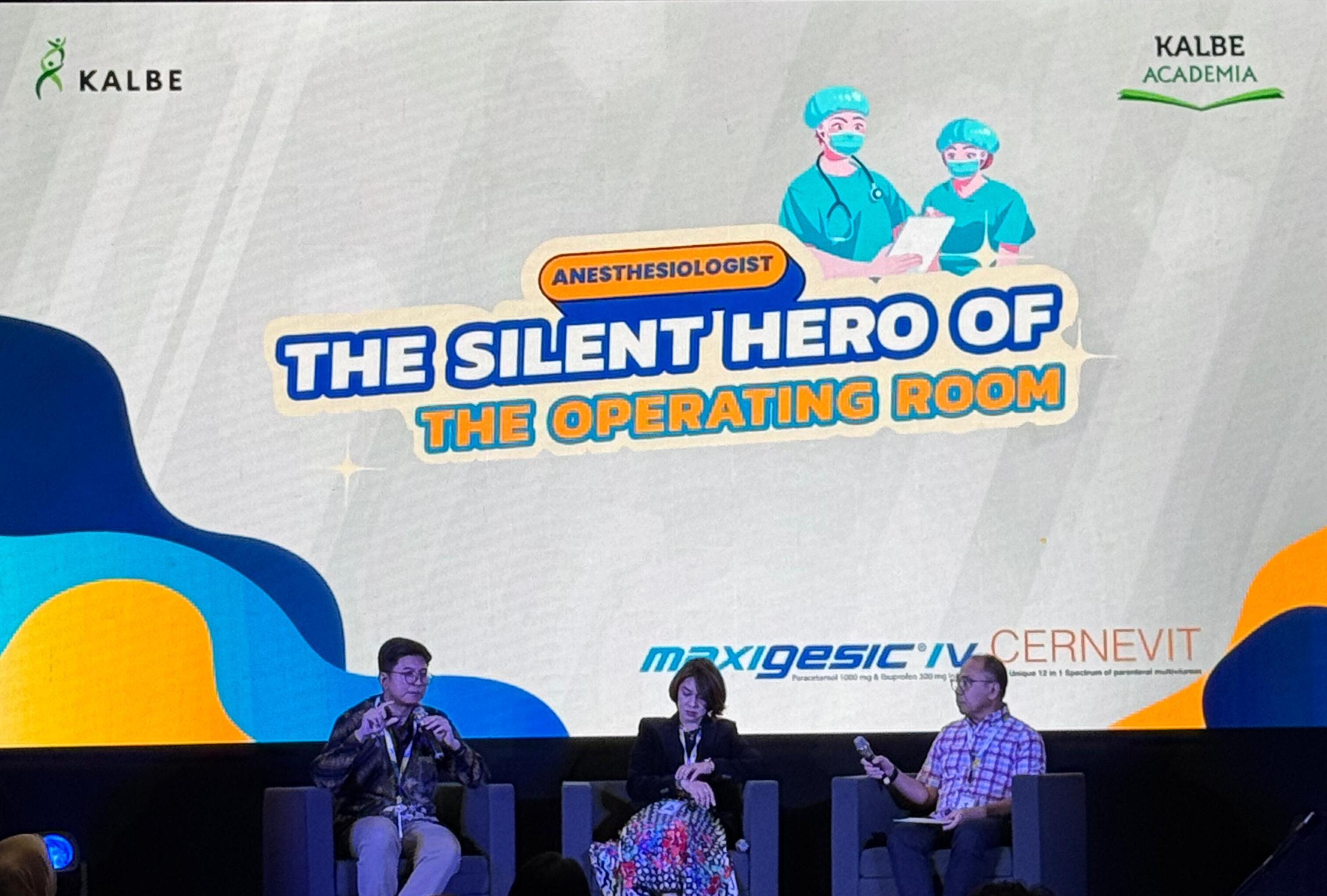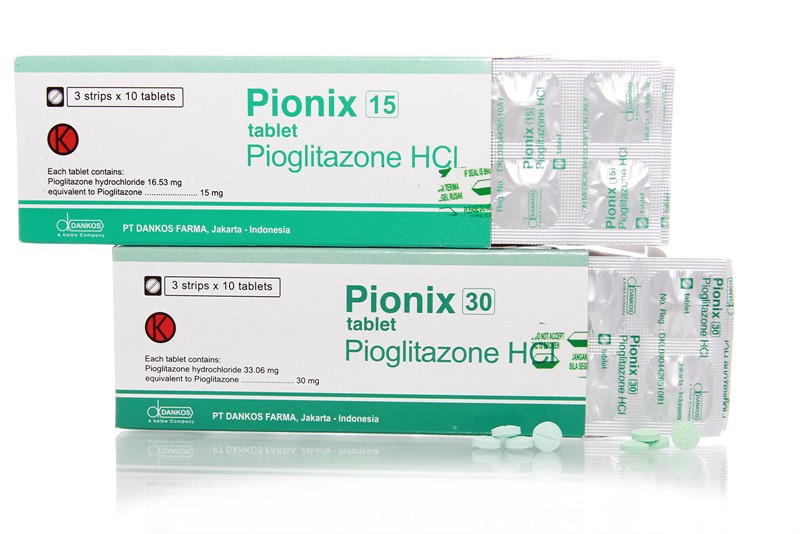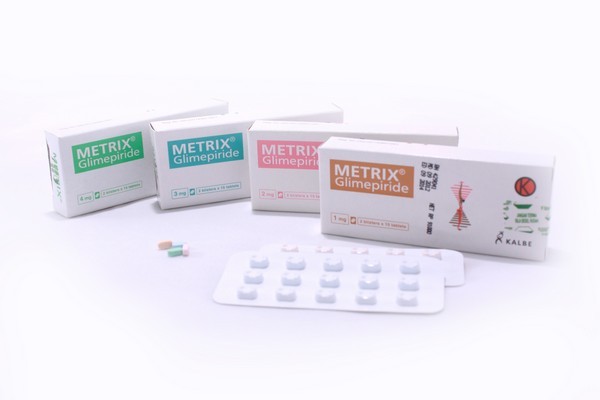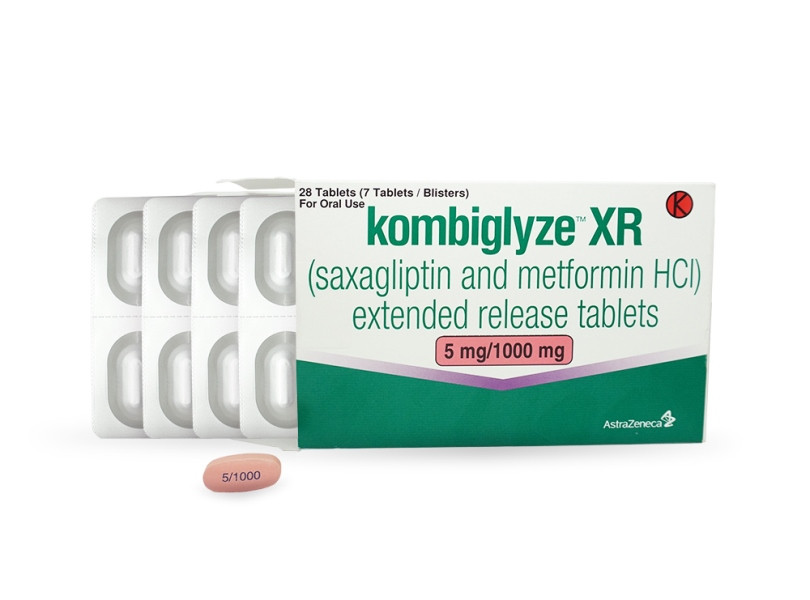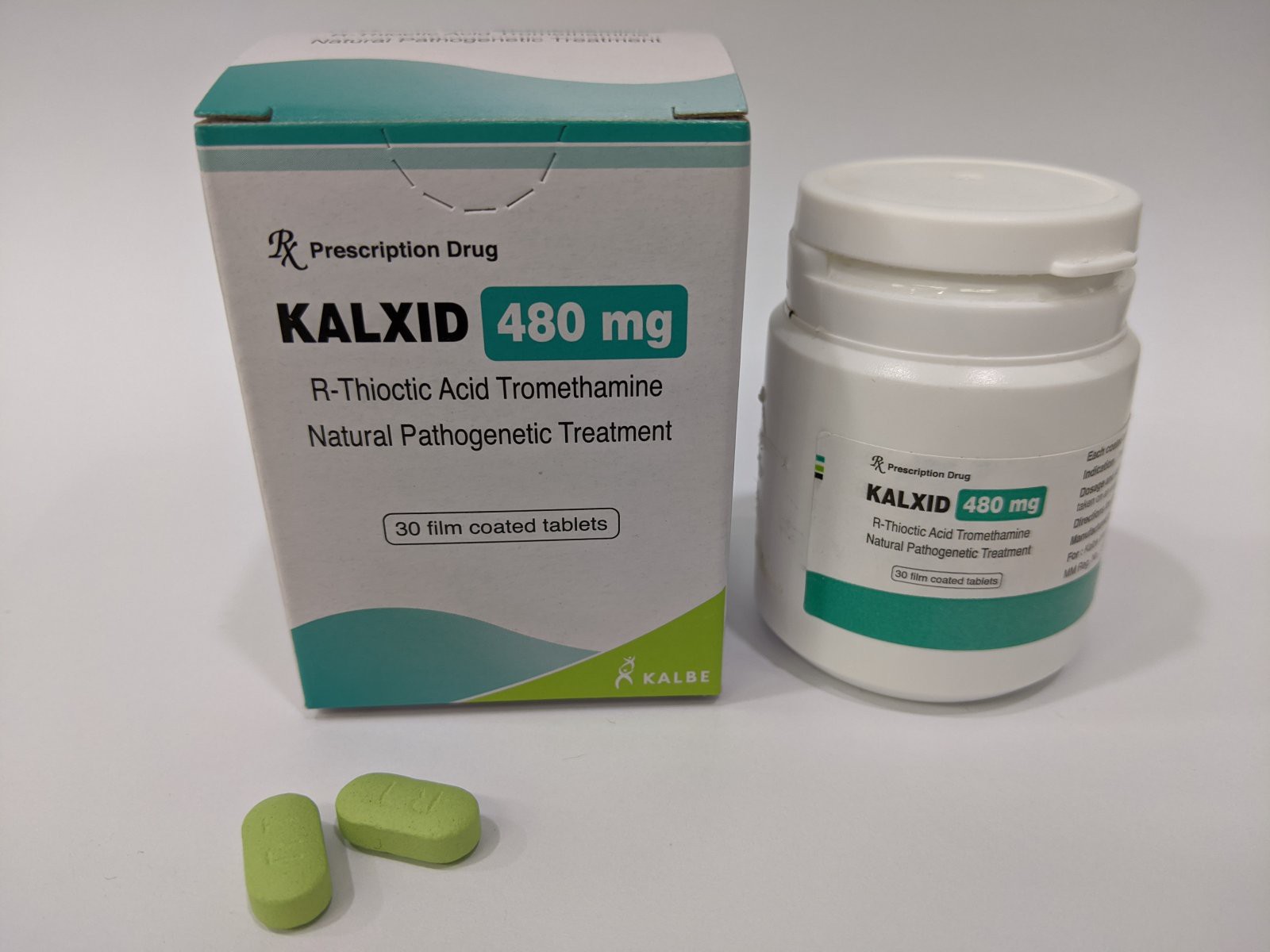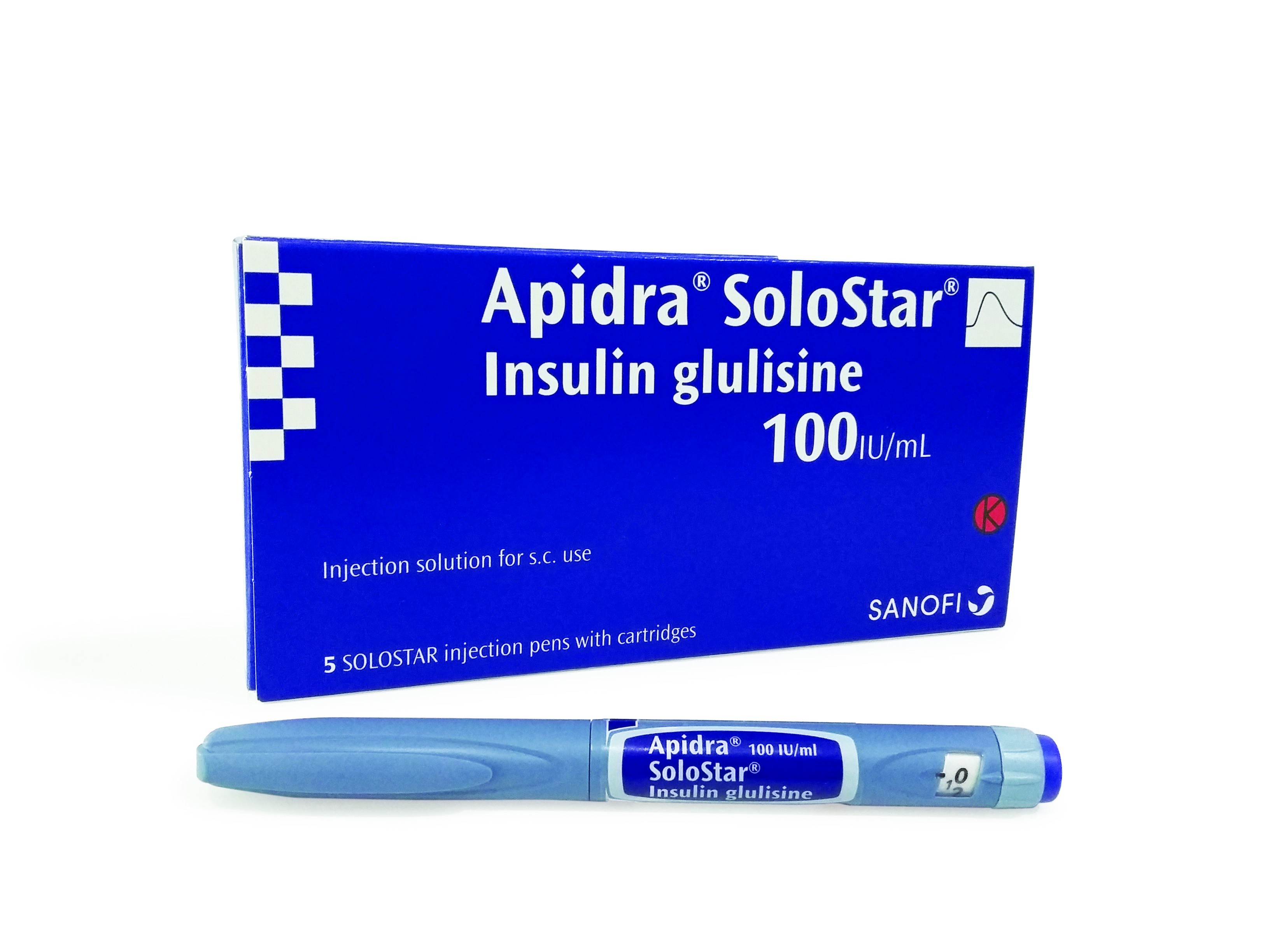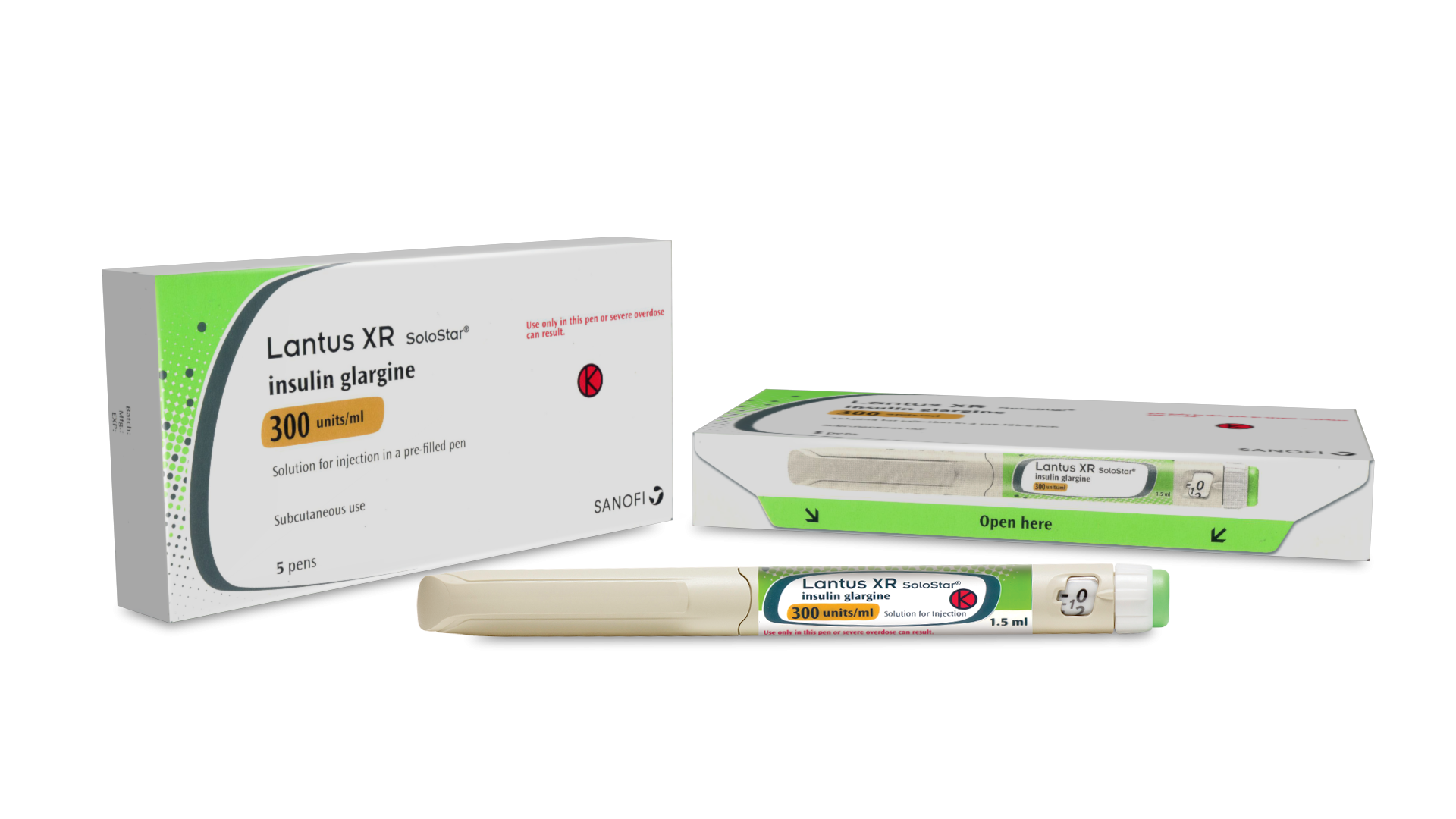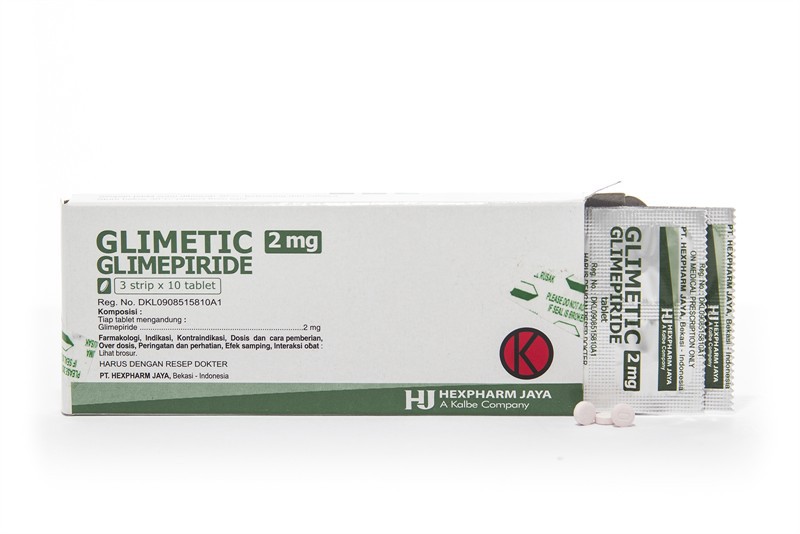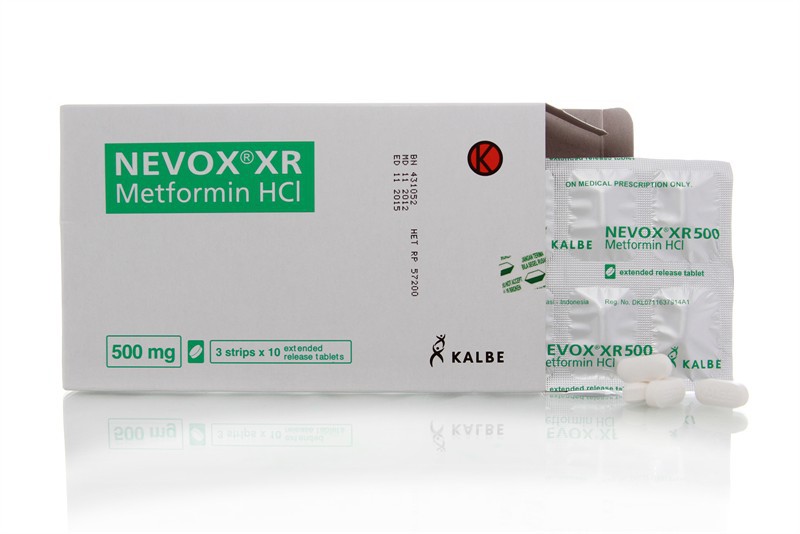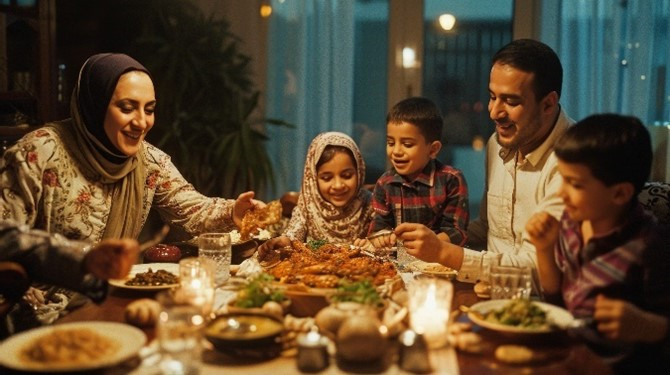
Fasting during the month of Ramadan is one of the pillars of Islam that must be observed by every Muslim who has reached the age of maturity, unless they have health issues or other valid reasons that permit them not to fast. In such cases, they are allowed to either make up the fast on other days outside of Ramadan or to compensate by paying fidyah.
Additionally, countries such as Indonesia and Egypt, which also have a majority Muslim population, are among the top 10 countries with the highest prevalence of diabetes. Most Muslim adults with type 2 diabetes (T2D) choose to fast during the month of Ramadan, with >85% fasting for ≥ 15 days.1
There are various risks that individuals with diabetes may face while fasting during Ramadan, including hypoglycemia, hyperglycemia, and even the possibility of experiencing a hyperglycemic crisis or dehydration/thrombosis. 1
However, the incidence of hypoglycemia in people with T2D has been shown to increase during Ramadan compared with pre-Ramadan, although the risk is affected by choice of treatment regimen.1
Pharmacological Approach: Injectable Fixed Ratio Combination (FRC)
South Asian consensus guidelines highlight the convenience of GLP-1 RA use during Ramadan, namely low injection frequency, flexibility of timing of administration, availability as fixed-ratio combinations (FRCs), and minimal dose titration required.2
The combination of basal insulin and GLP-1 receptor agonists in a specific ratio, available in injectable form, is a pharmacological modality used in the management of Type 2 Diabetes Mellitus (T2DM). The Fixed Ratio Combination (FRC) currently available in Indonesia is Insulin Glargine and Lixisenatide (iGlarLixi). 2
The SoliRam Study
The SoliRam study aimed to evaluate the safety and effectiveness of iGlarLixi, in adults with T2D during Ramadan and increase understanding of how Ramadan affects diabetes management in clinical practice settings.2
SoliRam was a multinational, prospective, single-arm, real-world observational study conducted during Ramadan in 2020 and 2021. The study included adults with T2D who had been using iGlarLixi for at least three months prior to the study's start. The primary endpoint was to measure the percentage of participants who experienced one or more episodes of severe or symptomatic documented hypoglycemia, defined as blood glucose levels below 70 mg/dL (3.9 mmol/L).2
Out of 409 eligible participants, 96.8% successfully fasted for at least 25 days, and 92.4% managed to complete their fast without breaking it. Only 4 participants needed to break their fast due to hypoglycemia. Throughout the study, there were minimal adjustments in antihyperglycemic therapies. The rates of symptomatic hypoglycemia were low, with 1.0% of participants experiencing it during the month before Ramadan, 2.3% during Ramadan, and just 0.3% in the month following Ramadan.2
Additionally, the study showed that the mean HbA1c levels dropped by 0.75% (or 8.2 mmol/mol) from pre-to post-Ramadan, with the percentage of participants achieving an HbA1c level of less than 7% rising from 7.9% before Ramadan to 28.6% after Ramadan.2
Adjustment of Fixed Ratio Combination Medication During Ramadan
To help manage blood glucose levels effectively during Ramadan and minimize the risk of hypoglycemia, the IDF-DAR and PERKENI have provided recommendations for adjusting medication regimens. These guidelines aim to ensure that individuals with diabetes can fast safely while maintaining optimal blood glucose control.3
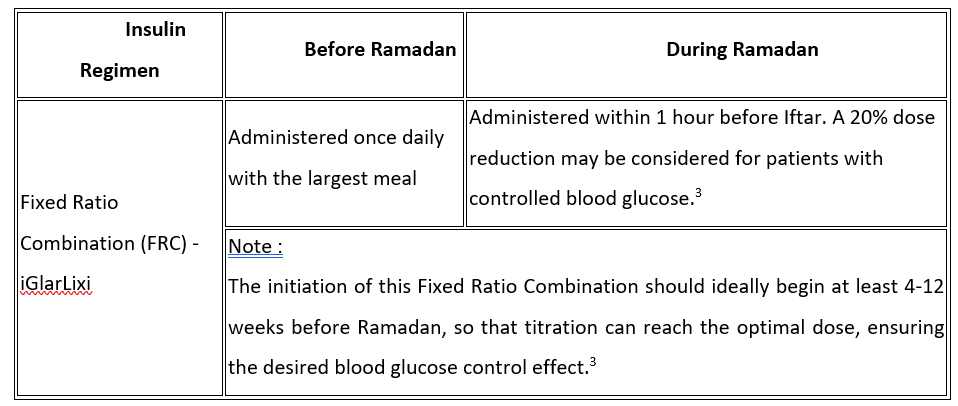
Conclusion :
In conclusion, the SoliRam study showed that iGlarLixi was associated with a low risk of hypoglycemia in adults with T2D who fasted during Ramadan, the majority of participants were able to fast for the duration of Ramadan with minimal hypoglycemic events. Additionally, there was a reduction in HbA1c levels, and the percentage of participants achieving an HbA1c of less than 7% increased after Ramadan.2
Image: Illustration (Source: Freepik)
References :
1. Hassanein M, Afandi B, Ahmedani MY, Alamoudi RM, Alawadi F, Bajaj HS, et al. Diabetes and Ramadan: Practical guidelines 2021. Diabetes Res Clin Pract. 2022 Mar;185:109185. doi: 10.1016/j.diabres.2021.109185. Epub 2022 Jan 8. PMID: 35016991.
2. Hassanein M, Malek R, Shaltout I, Sahay RK, Buyukbese MA, Djaballah K, et al. Real-world safety and effectiveness of iGlarLixi in people with type 2 diabetes who fast during Ramadan: The SoliRam observational study. Diabetes Metab Syndr Clin Res Rev. 2023;17(2):102707. doi:10.1016/j.dsx.2023.102707.
3. PERKENI. Pedoman Penatalaksanaan Diabetes Mellitus Tipe 2 pada Individu Dewasa di Bulan Ramadan2022. PB PERKENI; 2022.





